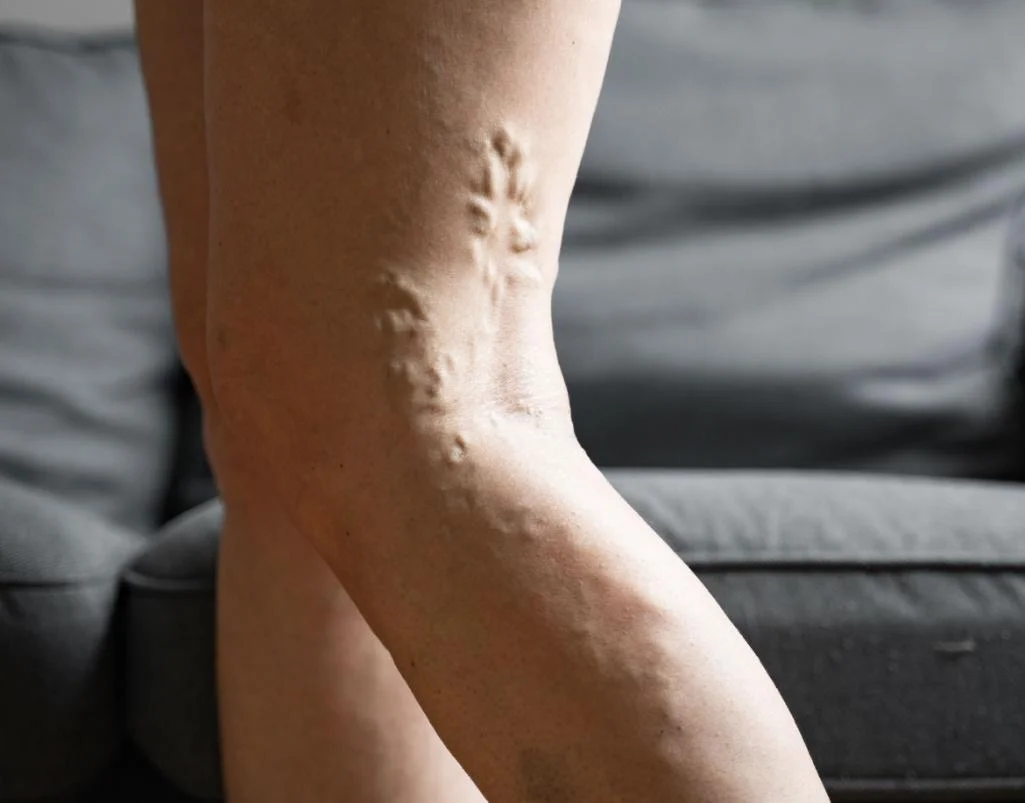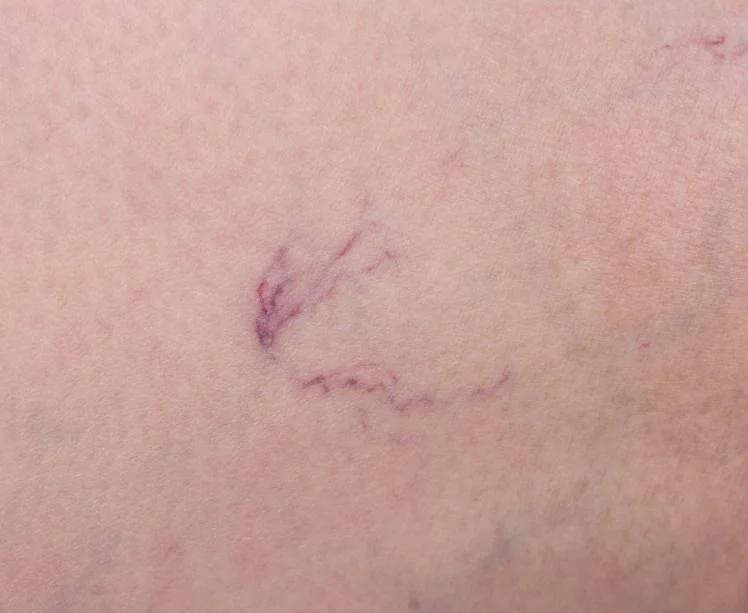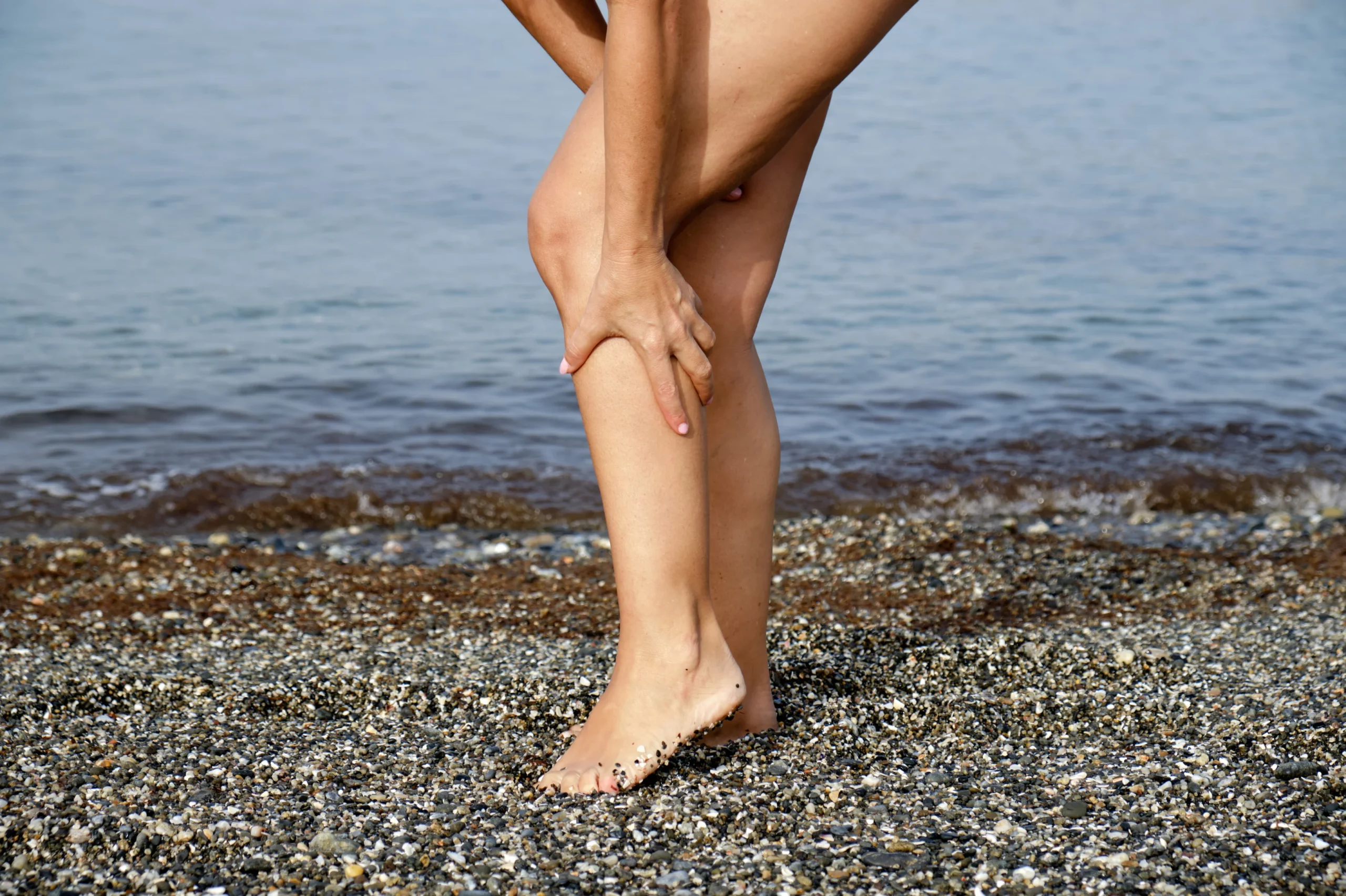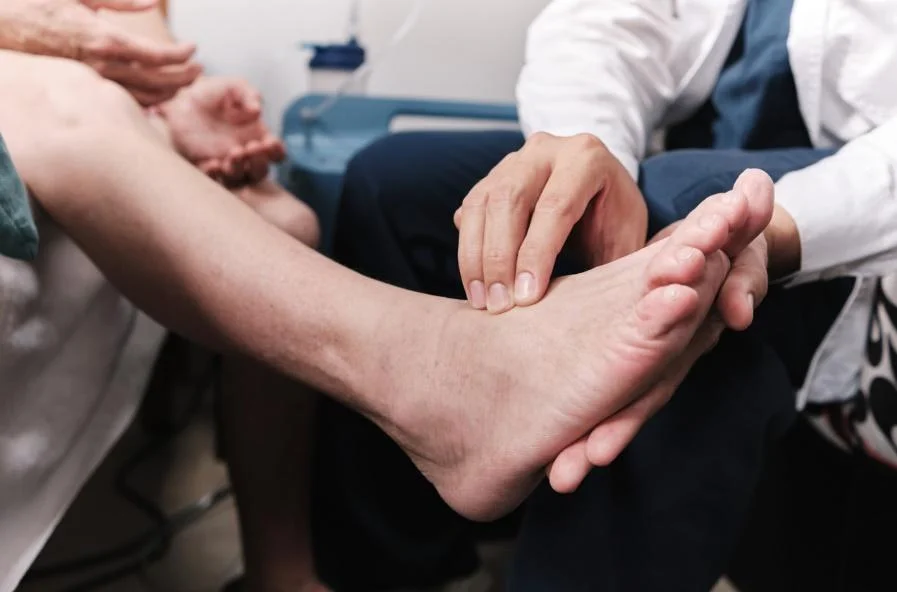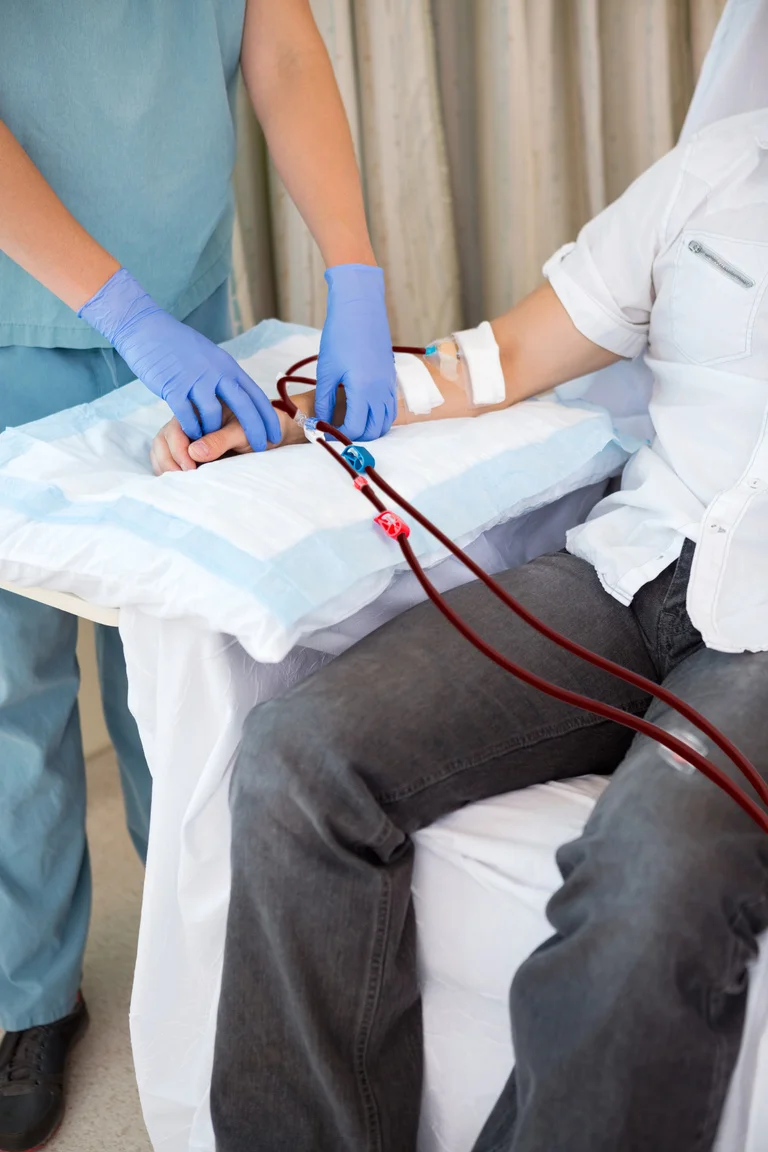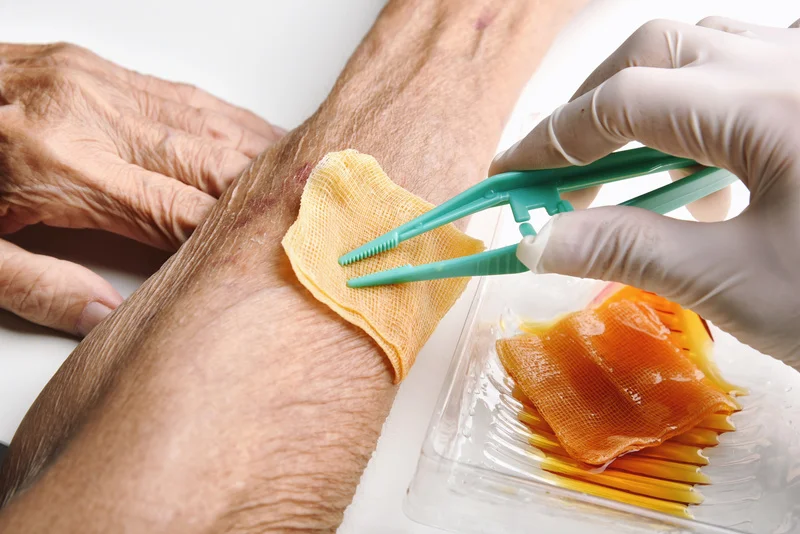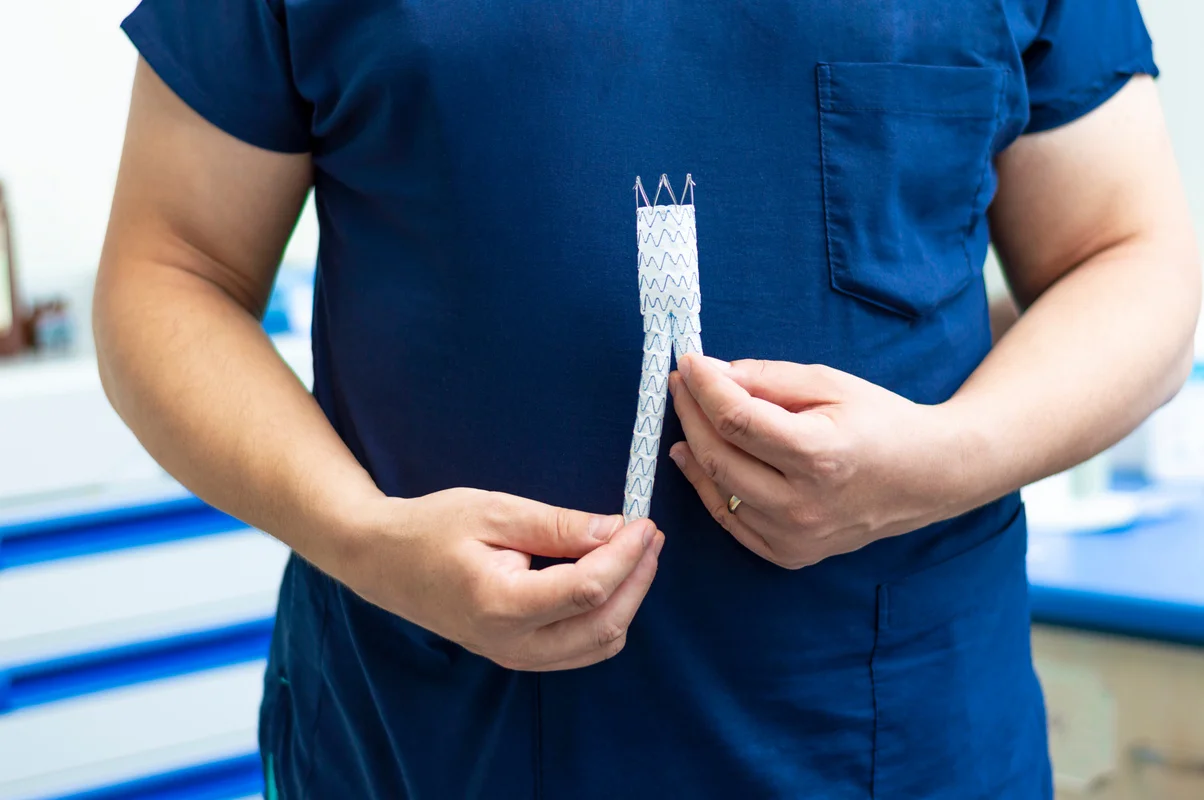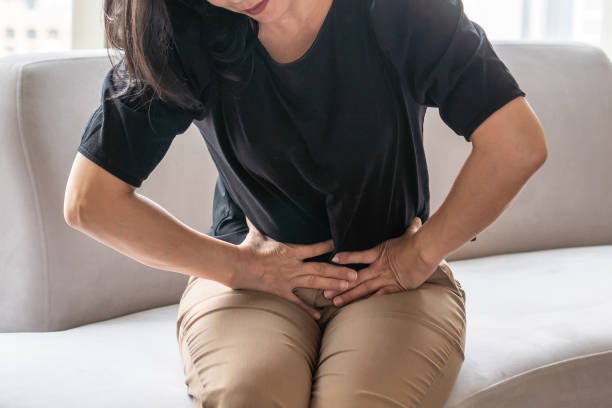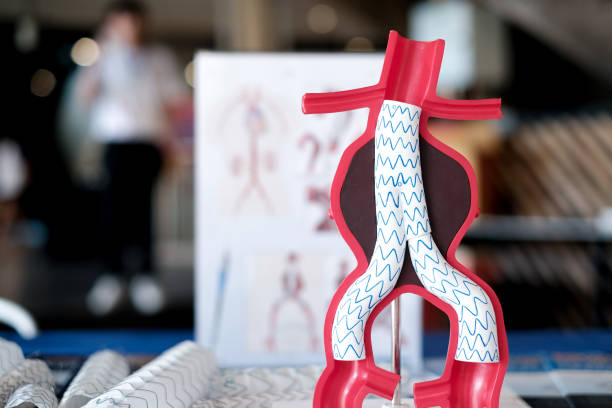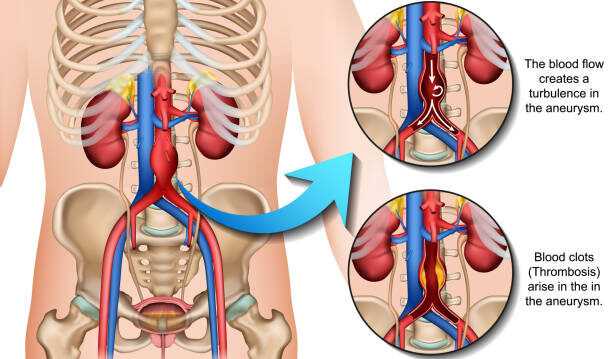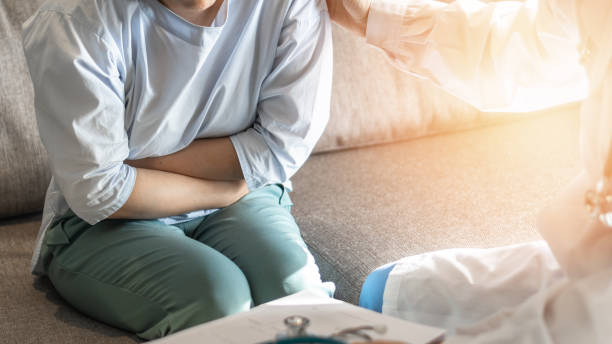Compression stockings are a fantastic tool designed to help prevent and manage venous diseases. They work by applying graduated pressure to the legs. If you’re dealing with varicose veins or other venous issues, this guide is for you. Let’s dive into how these stockings work, their benefits, and how to use them correctly.
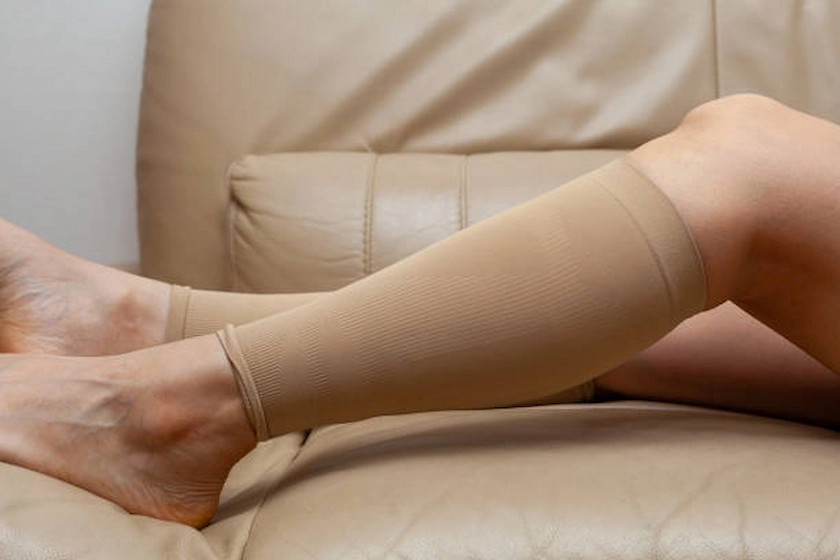
How Do Compression Stockings Work?
Compression stockings work like a personal fitness coach for your legs, offering targeted support to improve circulation and reduce discomfort. These specially designed garments apply the strongest pressure at the ankle and gradually lessen the compression as they move upward toward the thigh. This graduated pressure encourages healthy blood flow back to the heart, effectively counteracting the tendency of blood to pool in the lower extremities—a common issue in individuals with varicose veins and other venous insufficiencies. By supporting vein function, compression stockings can significantly reduce symptoms such as aching legs, swelling, fatigue, and even those uncomfortable nighttime leg cramps. Whether you’re on your feet all day, dealing with a medical condition, or simply seeking relief from poor circulation, compression stockings are a simple yet powerful tool to support your vascular health and overall leg comfort.
Benefits of Compression Stockings
Compression stockings offer a multitude of benefits that can make a big difference in your daily comfort and health:
- Improved Blood Circulation: They boost blood flow, reducing the risk of blood pooling in your legs and long-term vein damage.
- Prevention of Deep Vein Thrombosis (DVT): Especially helpful for those who are immobile for long periods, such as during travel or recovery from surgery.
- Alleviation of Symptoms: Say goodbye to swelling, aching, and that heavy feeling in your legs.
- Support During Pregnancy: Expecting moms can find relief from increased venous pressure and swelling with these stockings.
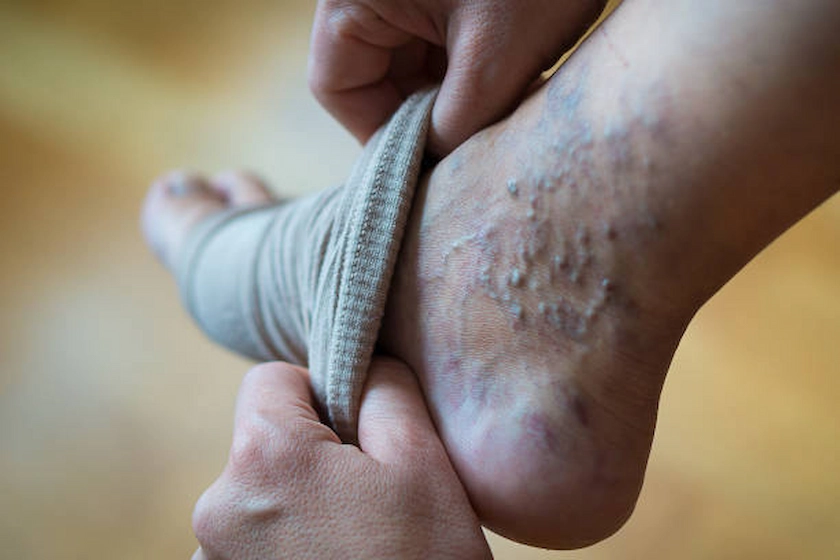
Understanding the Different Classes
Compression stockings come in different classes, each providing a specific level of pressure:
- Class I (15–20 mmHg): Perfect for mild varicose veins, slight swelling, and DVT prevention.
- Class II (20–30 mmHg): Great for moderate varicose veins, mild to moderate edema, and post-surgical support.
- Class III (30–40 mmHg): Ideal for severe varicose veins, significant swelling, and managing venous ulcers.
Choosing the Right Type
There’s a type of compression stocking for everyone:
- Knee-Length: These are great for lower leg varicose veins and swelling.
- Thigh-Length: These provide more coverage for more severe conditions.
- Pantyhose: Offering full leg support, these are often chosen for their comprehensive coverage and aesthetics.
Getting the Right Fit
Getting the right size is crucial for compression stockings to deliver their full therapeutic benefits. Ill-fitting stockings—whether too tight or too loose—can reduce effectiveness and cause discomfort. To ensure a proper fit, accurate measurements of your leg are essential. This typically includes measuring the narrowest part of your ankle, the widest part of your calf, and, if you’re wearing thigh-high or full-length stockings, the circumference of your thigh as well. Some sizing charts may also require the length from the floor to the bend of your knee or the top of your thigh.
Once you’ve taken these measurements, refer to the manufacturer’s specific sizing guide—each brand may vary slightly. A snug but comfortable fit ensures that the stockings provide the right level of graduated compression, improving circulation without causing unnecessary pressure or restricting movement. If you’re unsure, it’s always a good idea to consult with a healthcare provider or compression wear specialist for guidance.
Safety and Prescription Considerations
For stockings with a compression level above 20 mmHg, a prescription from a healthcare professional is necessary. A thorough assessment of your arterial circulation is essential to ensure that you do not have concomitant Peripheral Vascular Disease as this would be a potential contraindication to wearing such stockings. This ensures they are suitable for your specific condition and prevents complications like skin irritation or tissue damage.
Usage and Maintenance Tips
To maximize the benefits of compression stockings, consistency and proper care are key. These garments are most effective when worn during the day—especially while you’re standing, walking, or sitting for extended periods—and should be removed at night to allow your legs to rest. For individuals recovering from vein surgery or treatments such as sclerotherapy or ablation, wearing compression stockings daily for at least 2 to 4 weeks post-procedure can significantly enhance healing, reduce swelling, and improve long-term outcomes.
To ensure your stockings continue to deliver optimal support, it’s recommended to replace them every six months, as the elastic fibers can weaken over time with daily use. Additionally, proper care goes a long way. Wash them regularly—ideally after each use—following the manufacturer’s care instructions to preserve their elasticity, cleanliness, and compression level. With the right usage and maintenance, compression stockings can remain an effective and reliable part of your vein health routine.
Tips for Putting on Compression Stockings
Putting on compression stockings can be challenging, especially for those with limited mobility, but the right techniques and tools can make a big difference. If you have conditions like arthritis, back problems, or other mobility limitations, using donning aids such as stocking applicators, rubber gloves, or even specialized donning devices can help you slide the stockings on more easily and with less strain. It’s also helpful to put them on first thing in the morning, when swelling is typically at its lowest.
When applying compression stockings, it’s essential to make sure they are pulled up evenly and lie flat against your skin. Wrinkles, bunching, or rolled edges can create uneven pressure, which may lead to discomfort or even impair circulation. Taking a few extra minutes to properly smooth out the fabric ensures the stockings work as intended—delivering consistent, graduated compression for maximum comfort and therapeutic benefit.
Conclusion
Compression stockings are a wonderful tool in managing and preventing venous diseases. With the right selection, proper fit, and consistent use, they can greatly enhance your quality of life. Always consult a healthcare provider to find the best type and compression level for your needs.
For personalized advice and treatment, visit Dr. Darryl Lim’s clinic. Our dedicated team is ready to help you find the perfect compression stockings and provide expert guidance on managing your vein health. Schedule an appointment today and take the first step towards healthier, happier legs.
